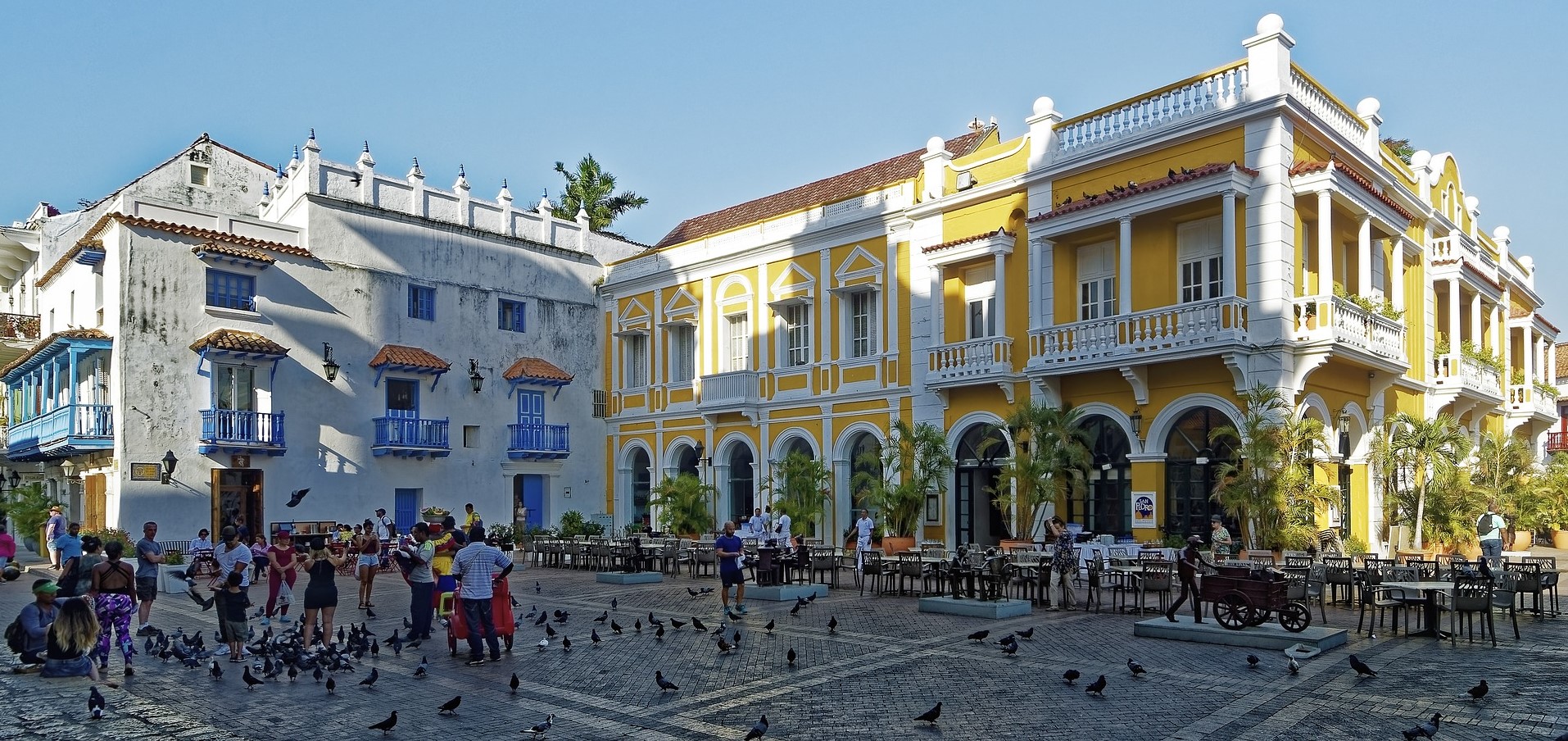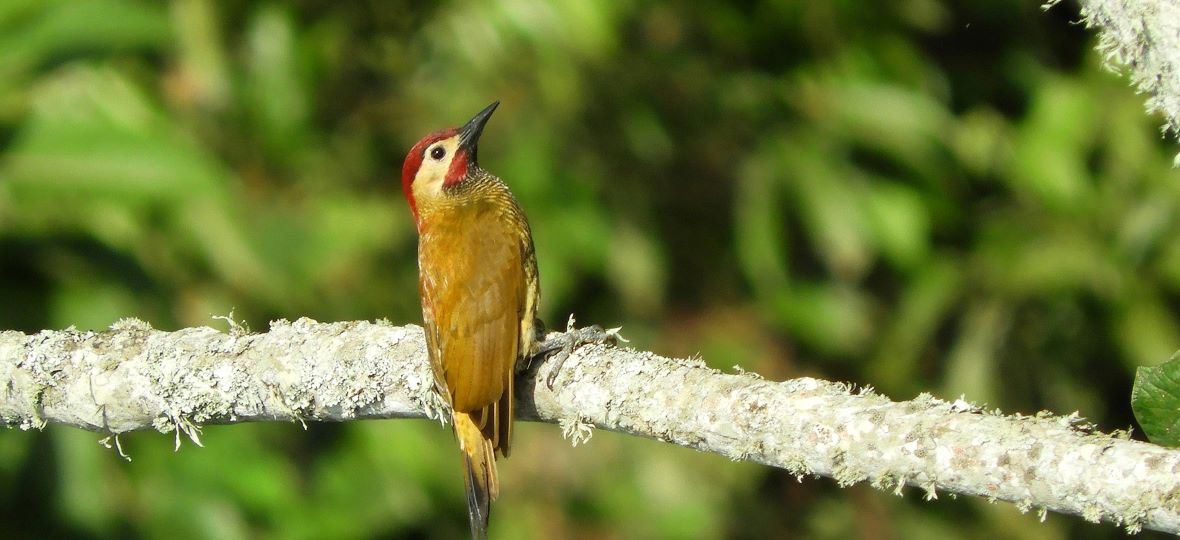In many ways Colombia is the poster child for post-pandemic travel, says the country’s trade commissioner in Canada, citing a country that is among the most biodiverse in the world, committed to sustainability, and not one that is generally subject to mass tourism.
Certainly, the South American country was on the rise before the pandemic, particularly amongst Canadians, who were leading the way in market growth (and decreased the least during the COVID years), when 4.2 million overall visitors called.
And now with direct flights service returning (Air Canada, Avianca, and Transat) as well as connections through Panama (Copa) and the US, hopes are high that the pre-pandemic trend will continue, which prompted ProColombia to host a recent tourism workshop for the trade in Toronto, which included face-to-face meeting between Canadian buyers and Colombian suppliers.
Attendees were also treated to a lesson in the culture of Colombian coffee-making as an acknowledgement of one of the country’s main exports – and selling points for visitors.
Concha acknowledges that many people “are still learning that Colombia is a different place” than it had during the country’s civil war, which officially ended in 2016.
And as for Colombians, he told Travel Industry Today, “We’re telling the story ourselves. Colombia is way safer (than it has been) and that’s why tourism is happening the way it is.”

Concha cites the diversity in a country that includes Caribbean and Pacific coastlines (intersected by Panama) and Amazon rainforest, and where nature is never far away, including from cities like the capital Bogota, culturally innovative Medellin, and the historical gem, colonial Cartagena.
About 70% of Canadians arrive into Bogota, says the trade commissioner, and cruise ships are slowly returning, but he maintains that visitors should take a regional approach to travel in Colombia to truly understand the country.
“We don’t sell ourselves as a sun and beach destination; there’s no resort structure like Cancun,” he adds. “We sell ourselves as an adventure, nature, and cultural destination.”
Indeed, Colombia is a naturalist’s paradise. With 31 distinct ecosystems, terrain ranges from mountain to marine reserves, and desert to jungle. There are 42 national parks in the country, which is No. 1 in the world for bird species and is home to 20% of the globe’s butterflies, and boasts a similar diversity of insects, reptiles and mammals.

As such bird and butterfly watching are major tourism draws, as are activities such as hiking (including multi-day treks), cycling and canoeing/kayaking.
More involved is a trip into the Colombian Amazon, which is not as well known as the rainforest’s regions in Brazil and Peru, but less developed and touristed.
Coffee farms are another staple, with multiple varieties grown regionally. (A tip: the ideal temperature for brewing coffee is 93 degrees C, and it should be left to steep for four minutes).
Culturally, Colombia is the capital of salsa, and music and dance festivals are common throughout the country.
But wherever one goes in Colombia, sustainability is top of mind, says Concha.
“It’s a serious thing. The environment is a jewel that can easily be broken – it’s so fragile. So, you see cities and towns putting a stop to anything that would harm the environment,” he says.
“Colombia’s sustainable policy aims to protect the environment – and ensure that those who come protect it too!”

